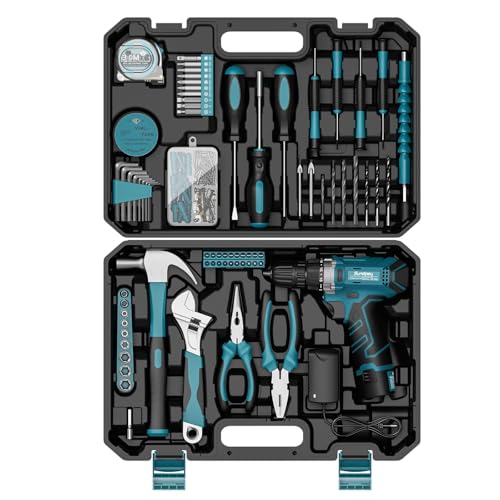johnnylingo
***
Been looking for an electric commuter car for a couple months now and think the e-Golf has so far been my favorite. Fun and sporty to drive, wonderful interior, good range (better than the Focus), and fair pricing.
My daily commute is Santa Cruz to Campbell on Highway 17, which is 55 miles round trip. However, once a week I make an addition trip to Sunnyvale. This adds about 20 miles around trip so I'm now at 75 miles for the day. Add in a possible detour or grocery store stop and now I'm creeping close to 80.
This is still under the 83 mile range advertised, but Highway 17 is not a typical flat drive. For those unfamiliar, it's essentially a 15 mile hill that's just under 2,000 at the peak. This leaves me with real questions on where I'd come in at on the range scale.
I am planning to go with the SEL Premium so stopping for a fast charge in San Jose is an option, but I'd prefer to save fast charging for trips beyond Silicon Valley.
My daily commute is Santa Cruz to Campbell on Highway 17, which is 55 miles round trip. However, once a week I make an addition trip to Sunnyvale. This adds about 20 miles around trip so I'm now at 75 miles for the day. Add in a possible detour or grocery store stop and now I'm creeping close to 80.
This is still under the 83 mile range advertised, but Highway 17 is not a typical flat drive. For those unfamiliar, it's essentially a 15 mile hill that's just under 2,000 at the peak. This leaves me with real questions on where I'd come in at on the range scale.
I am planning to go with the SEL Premium so stopping for a fast charge in San Jose is an option, but I'd prefer to save fast charging for trips beyond Silicon Valley.

































